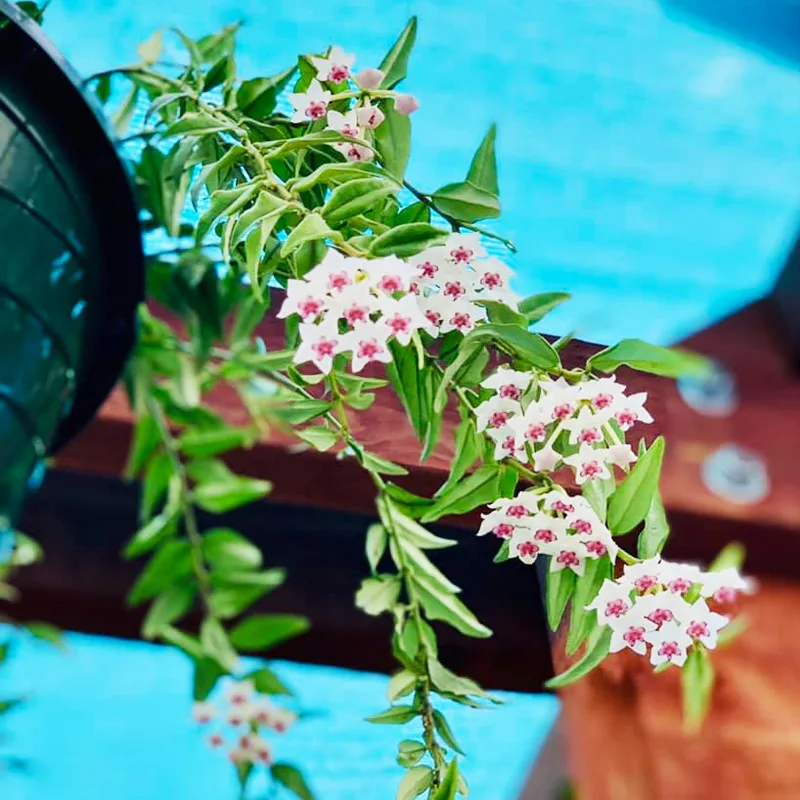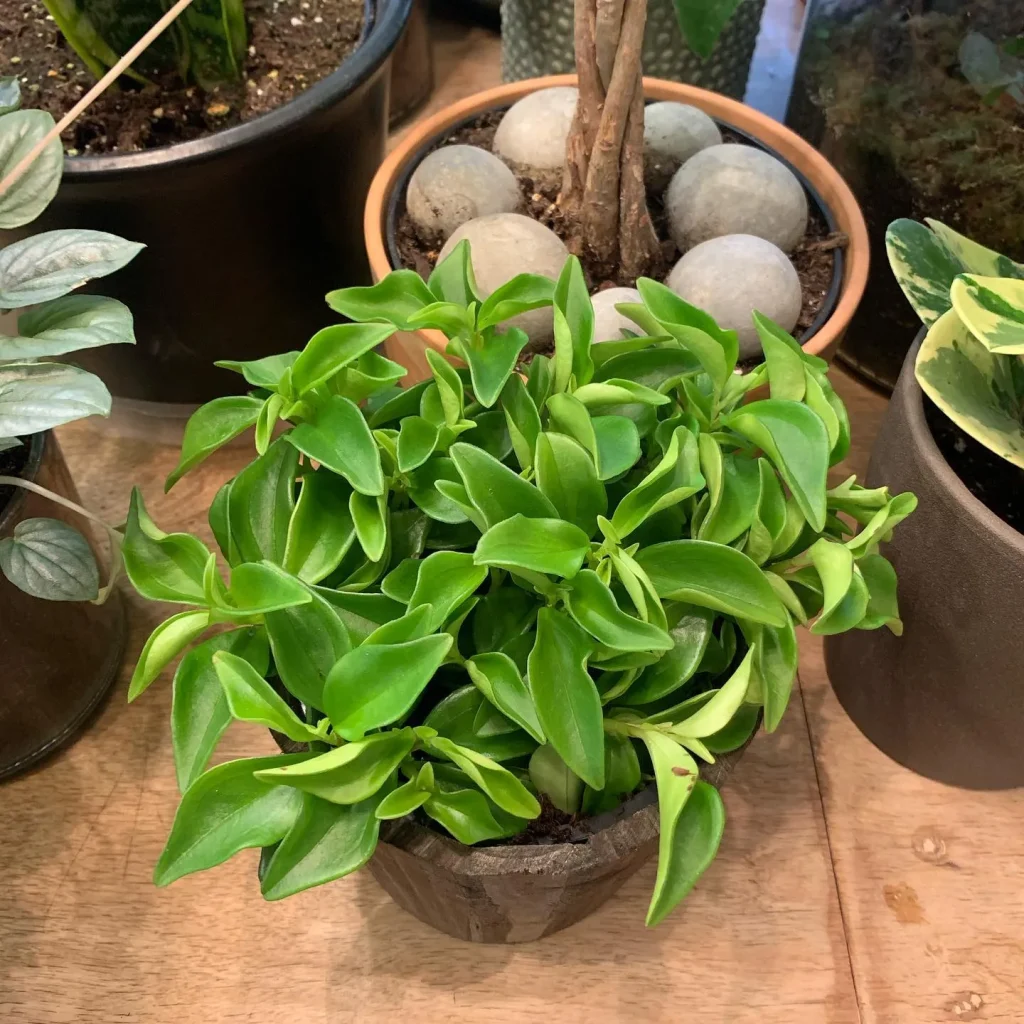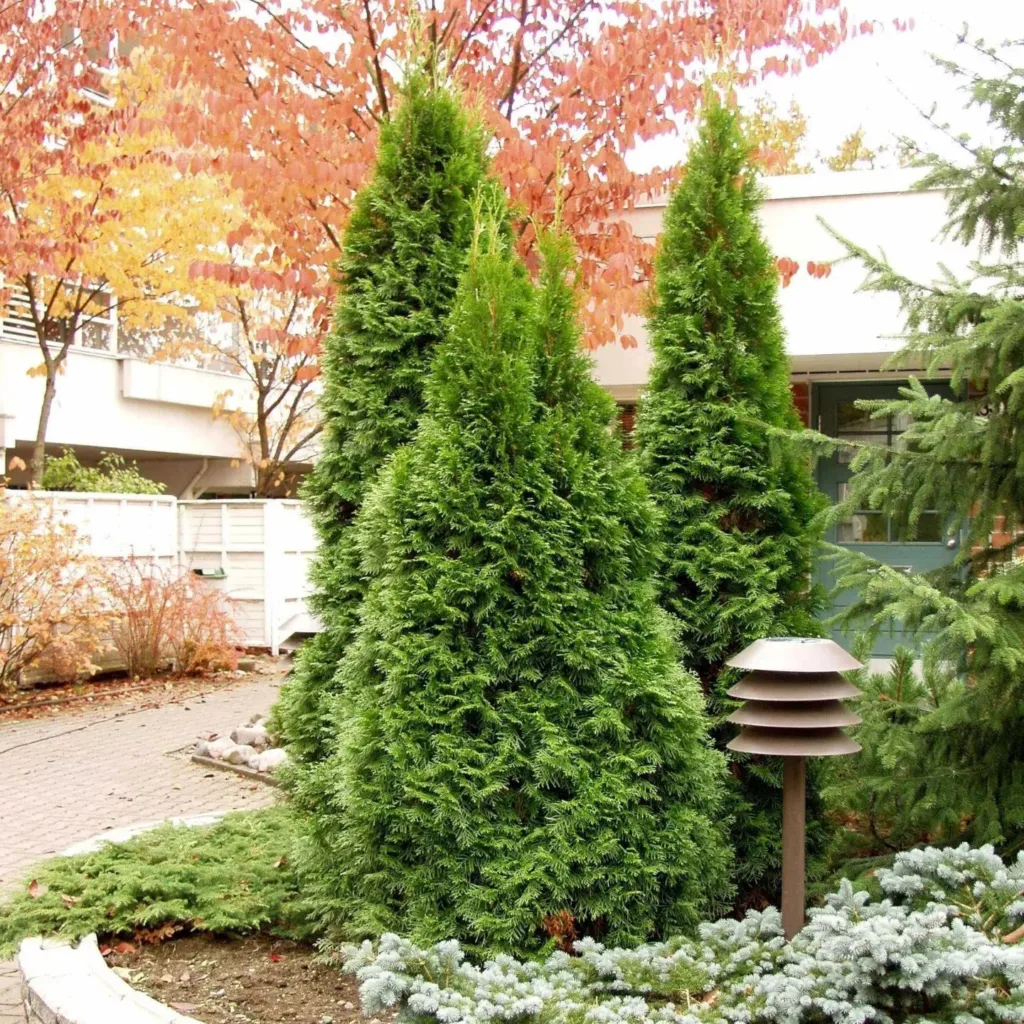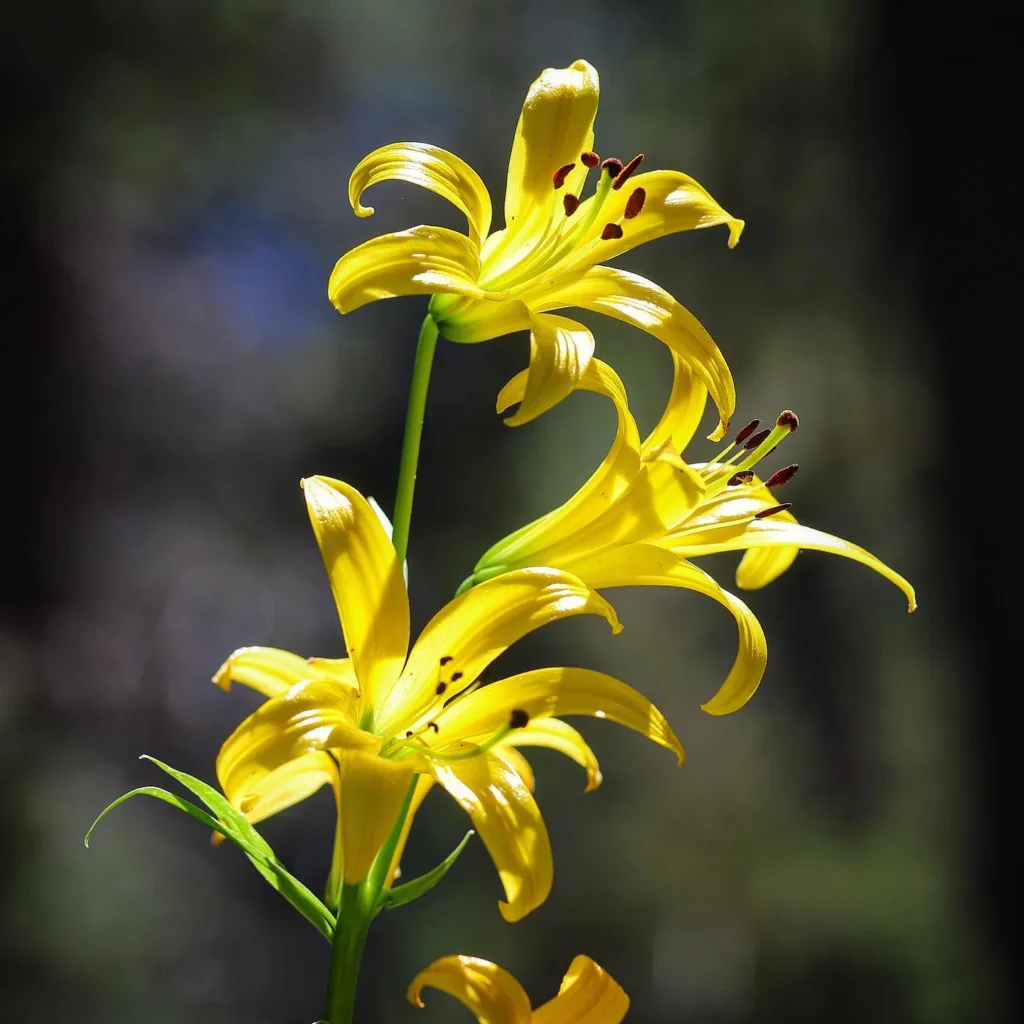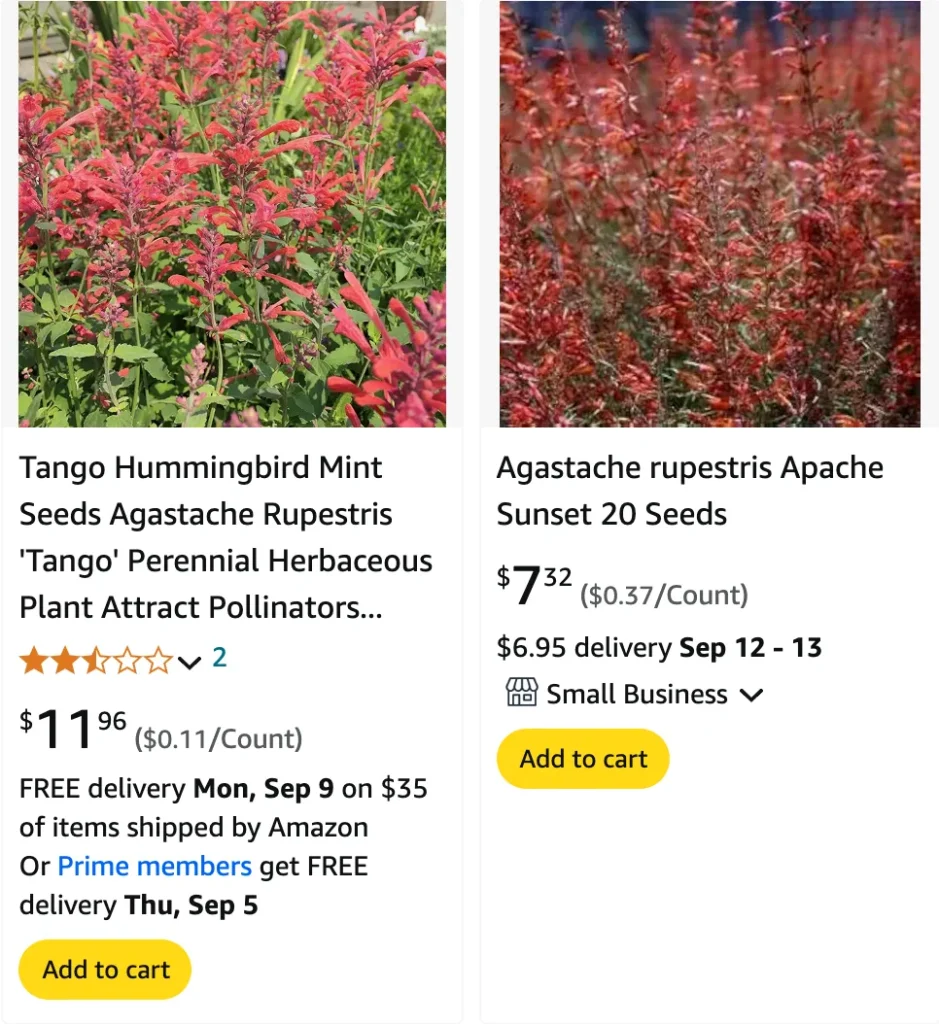
FAQs About Agastache Rupestris: How to Grow, Care, and More
As a plant enthusiast, I find Agastache Rupestris, commonly known as Licorice Mint or Sunset Hyssop, to be a fascinating and rewarding addition to any garden. This perennial herbaceous plant offers beautiful blooms, a delightful scent, and is a magnet for pollinators like bees, butterflies, and hummingbirds. Here, I’ll cover some frequently asked questions about Agastache Rupestris, including how to grow it, care for it, and other essential tips.
23 Species in Genus Agastache
What Is Agastache Rupestris?
Agastache Rupestris, also known as Licorice Mint or Sunset Hyssop, is a perennial herbaceous plant belonging to the mint family, Lamiaceae. Native to the southwestern United States, it is renowned for its aromatic foliage and vibrant tubular flowers that range from pink to orange hues. The leaves have a licorice-mint scent, hence the name. This plant not only adds color and fragrance to gardens but also attracts a host of beneficial pollinators, making it a great choice for wildlife gardens.
How to Grow Agastache Rupestris?
Growing Agastache Rupestris is relatively straightforward, even for beginners. Here’s a step-by-step guide on how to grow this lovely plant:
- Choose the Right Location: Agastache Rupestris thrives in full sun. It needs at least 6-8 hours of direct sunlight each day to bloom profusely. Ensure the location has well-drained soil, as the plant does not tolerate wet or poorly drained conditions.
- Soil Requirements: This plant prefers sandy or loamy soil with good drainage. Although it can tolerate poor soil, adding some compost can help improve its growth. The soil pH should be neutral to slightly alkaline, ideally around 6.5 to 7.5.
- Planting: You can start Agastache Rupestris from seeds or transplants. If sowing seeds, do it in early spring or fall. Simply scatter the seeds on the soil surface and press them lightly. If using transplants, plant them in spring after the last frost. Space the plants about 12 to 18 inches apart to allow good air circulation.
- Watering: While establishing, water Agastache Rupestris regularly. Once established, it is drought-tolerant and requires only occasional watering. Be careful not to overwater, as too much moisture can lead to root rot.
Is Agastache Rupestris Herbaceous?
Yes, Agastache Rupestris is a herbaceous perennial. This means that it dies back to the ground in the winter and regrows from its roots in the spring. Its herbaceous nature makes it a great choice for borders, rock gardens, and herb gardens, where it can return year after year, adding lasting beauty and fragrance.
How to Care for Agastache Rupestris?
Caring for Agastache Rupestris is quite easy, making it an excellent choice for low-maintenance gardens. Here are some care tips:
- Pruning: Deadhead spent flowers regularly to encourage continuous blooming throughout the season. In late fall or early spring, cut back the dead stems to ground level to prepare the plant for new growth.
- Fertilizing: Agastache Rupestris does not require much fertilizer. In fact, too much nitrogen can lead to excessive foliage growth at the expense of flowers. A light application of a balanced fertilizer in spring is usually sufficient.
- Mulching: Applying a layer of mulch around the base can help retain soil moisture and suppress weeds. Use organic mulch like straw, bark chips, or compost.
- Pests and Diseases: Agastache Rupestris is relatively pest-free. However, it can occasionally suffer from powdery mildew, especially in humid conditions. Ensuring good air circulation and avoiding overhead watering can help prevent this issue.
How to Propagate Agastache Rupestris?
Propagating Agastache Rupestris can be done through seeds, cuttings, or division:
- Seeds: Collect seeds from spent flowers in the fall. Store them in a cool, dry place over the winter. Sow the seeds in spring for new plants.
- Cuttings: Take softwood cuttings in late spring or early summer. Dip the cut end in rooting hormone and plant it in a pot with well-draining soil. Keep the soil moist until roots develop.
- Division: Every few years, divide the plant in early spring to rejuvenate it and propagate new plants. Dig up the plant, carefully separate the root clumps, and replant them in desired locations.
Can You Grow Agastache Rupestris Indoors?
While Agastache Rupestris is primarily an outdoor plant, it can be grown indoors in a pot, provided it receives enough sunlight. Place the pot in a sunny window where it gets at least 6-8 hours of direct sunlight daily. Use a well-draining potting mix, and ensure the pot has drainage holes to prevent waterlogging.
Is Agastache Rupestris Toxic?
One of the great things about Agastache Rupestris is that it is non-toxic. This makes it safe for gardens where children or pets might play. Its aromatic leaves are also sometimes used in teas or as a flavoring herb, adding to its versatility in the garden.
What to Plant with Agastache Rupestris?
Agastache Rupestris pairs well with other drought-tolerant plants such as lavender, salvia, and echinacea. It also looks stunning alongside ornamental grasses and yucca. These combinations not only create visually appealing garden displays but also attract a variety of pollinators.
Benefits of Growing Agastache Rupestris
Growing Agastache Rupestris offers several benefits:
- Attracts Pollinators: Its vibrant flowers attract bees, butterflies, and hummingbirds, which are essential for a healthy ecosystem.
- Drought Tolerant: Once established, it requires minimal watering, making it ideal for xeriscaping.
- Aromatic: The leaves emit a pleasant licorice-mint scent, which can be refreshing and relaxing.
- Low Maintenance: With minimal care, it can thrive and provide long-lasting beauty.
Common Problems with Agastache Rupestris
While Agastache Rupestris is generally hardy, it can face some common problems:
- Powdery Mildew: In humid conditions, it may develop powdery mildew. Ensure good air circulation and avoid overhead watering to prevent this.
- Root Rot: Overwatering or poor drainage can lead to root rot. Make sure the soil is well-drained and avoid excessive watering.
Agastache Rupestris vs. Agastache Foeniculum: What’s the Difference?
Agastache Rupestris and Agastache Foeniculum (Anise Hyssop) are often confused due to their similar appearance and scent. However, Agastache Rupestris has narrower, gray-green leaves and blooms in shades of pink, orange, and purple, while Agastache Foeniculum has broader leaves and typically blooms in blue or purple. Both are aromatic and attract pollinators, but Agastache Rupestris is more drought-tolerant and suited for hot, dry climates.
In summary, Agastache Rupestris is a fantastic addition to any garden, offering beauty, fragrance, and ecological benefits. Its ease of growth and care makes it a favorite among gardeners, and its ability to attract pollinators ensures that your garden will be buzzing with life. Whether you’re an experienced gardener or a beginner, this plant is sure to bring joy and vibrancy to your outdoor space.
If i die, water my plants!
